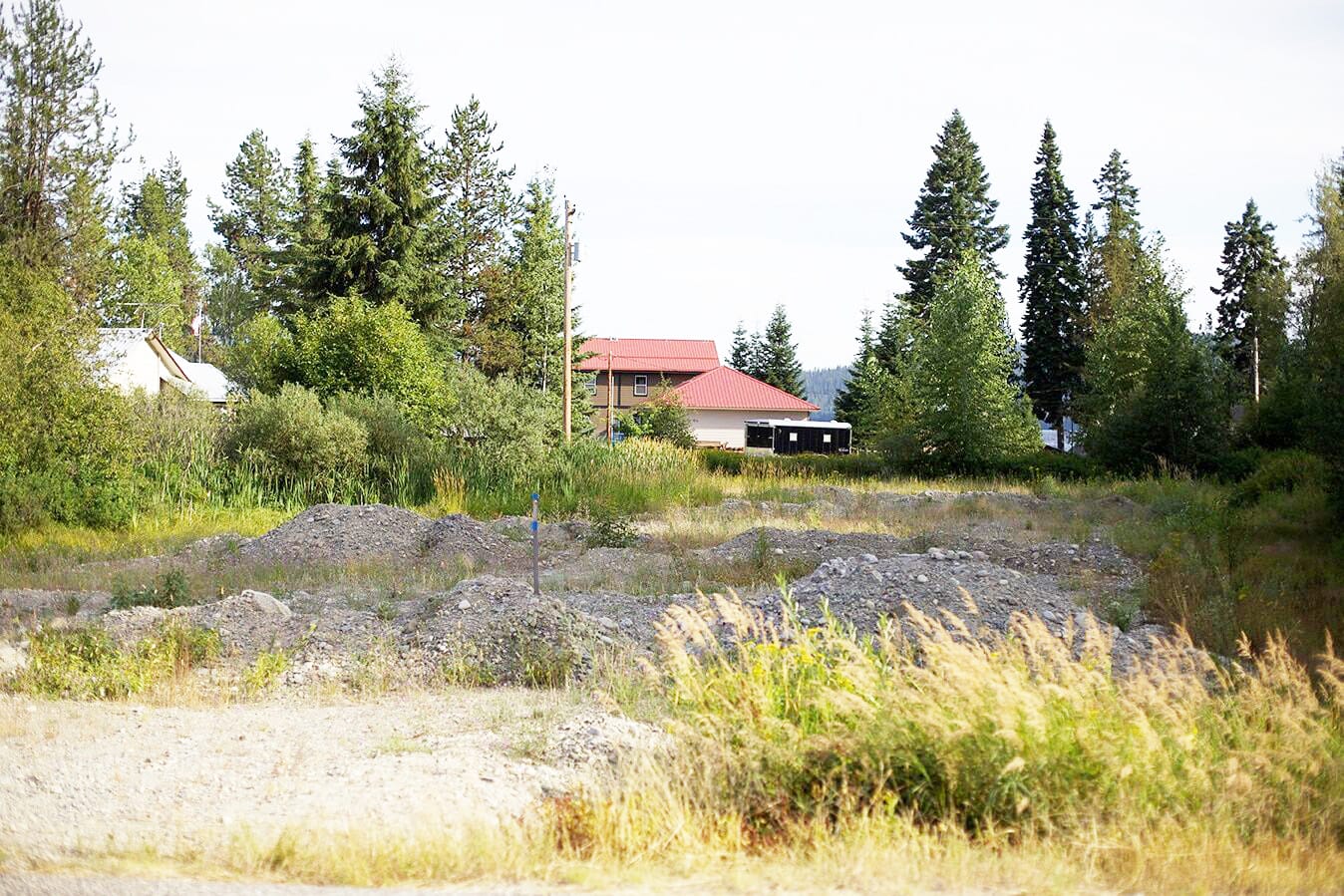The case, Sackett v. Environmental Protection Agency, No. 21-454, concerned an Idaho couple, Michael and Chantell Sackett, who sought to build a house on what an appeals court called “a soggy residential lot” near Priest Lake, in the state’s panhandle. || Flickr
John Fritze
USA TODAY
The Supreme Court on Thursday sided with a couple who have been battling the Environmental Protection Agency for more than a decade over a plan to develop a property in the Idaho panhandle, a decision with potentially sweeping national ramifications for water quality, agriculture and development.
The case, which was centered on the scope of the 1972 Clean Water Act, was arguably the most important environmental decision the Supreme Court has handed down since a majority last year invalidated an EPA effort to regulate power plant emissions. The plaintiffs asked the court to provide a clearer definition for what the law meant when it gave the agency power to regulate the “waters of the United States.”
In an opinion written by Justice Samuel Alito and joined by four other conservative justices, the court limited the scope of the EPA’s ability to control pollution heading into wetlands. That’s important because those wetlands often feed into the rivers and lakes that are more clearly covered by federal pollution controls.
What did the Supreme Court rule in the EPA case?





